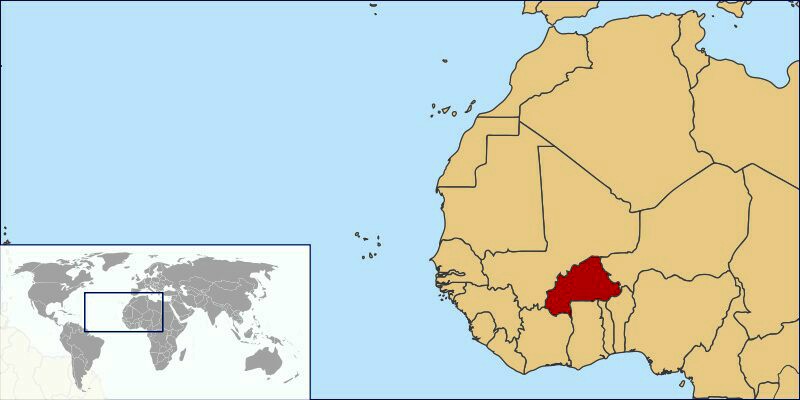
The last-mentioned group has Mande origins but is assimilated into the Mossi and shares their language (called Moore). They have absorbed a number of peoples including the Gurma and the Yarse. They speak a Niger-Congo language of the Gur branch and have been connected for centuries to the region they inhabit. The major ethnolinguistic group of Burkina Faso is the Mossi. Annual rainfall varies from about 40 inches (1,000 mm) in the south to less than 10 inches (250 mm) in the north. To the south, in the Sudanic zone, the climate becomes increasingly of the tropical wet-dry type, with a greater variability of temperature and rainfall and greater total rainfall than the north.įour seasons may be distinguished in Burkina Faso: a dry and cool season from mid-November to mid-February, with temperatures dropping to about 60 ☏ (16 ☌) at night a hot season from mid-February to June, when maximum temperatures rise into the low 100s F (about 40 ☌) in the shade and the harmattan-a hot, dry, dust-laden wind blowing off the Sahara desert-is prevalent a rainy season, which lasts from June to September and an intermediate season, which lasts from September until mid-November. The Sahelian zone in the north is semiarid steppe, characterized by three to five months of rainfall, which is often erratic. Two principal climate zones can be distinguished. The climate of Burkina Faso is generally sunny, hot, and dry. Where is the Great Fence? What is Rhodesia now called? And which country’s name means "silvery"? It’s a country challenge-are you up for it? Climate Much of the soil in the country is infertile. In the southwest there are sandstone plateaus bordered by the Banfora Escarpment, which is about 500 feet (150 metres) high and faces southeast. Great seasonal variation occurs in the flow of the rivers, and some rivers become dry beds during the dry season. The Oti, another tributary of the Volta, rises in southeastern Burkina Faso. The lateritic (red, leached, iron-bearing) layer of rock that covers the underlying crystalline rocks is deeply incised by the country’s three principal rivers-the Black Volta (Mouhoun), the Red Volta (Nazinon), and the White Volta (Nakambé)-all of which converge in Ghana to the south to form the Volta River. Relief, drainage, and soilsīurkina Faso is situated on an extensive plateau, which is slightly inclined toward the south.

Learn about the major environmental problems facing our planet and what can be done about them!

Saving Earth Britannica Presents Earth’s To-Do List for the 21st Century.


Britannica Beyond We’ve created a new place where questions are at the center of learning.100 Women Britannica celebrates the centennial of the Nineteenth Amendment, highlighting suffragists and history-making politicians.
Republic of upper volta how to#


 0 kommentar(er)
0 kommentar(er)
